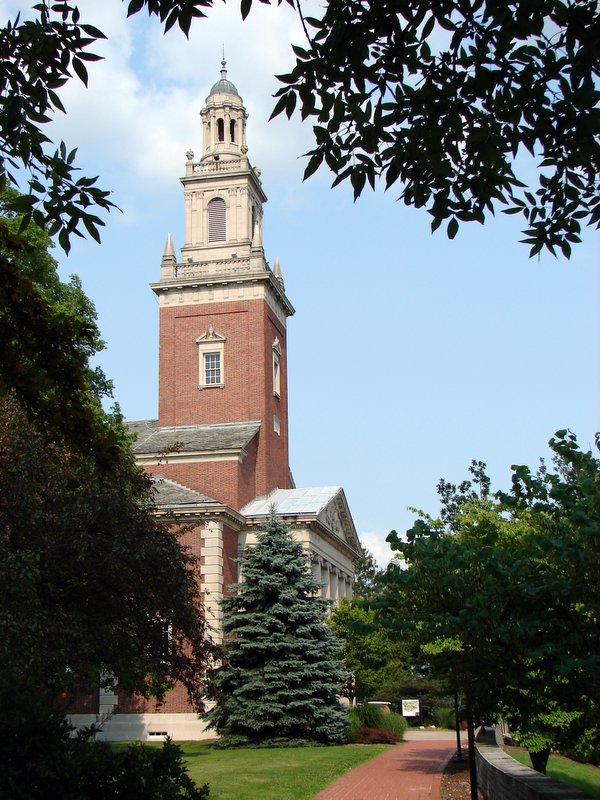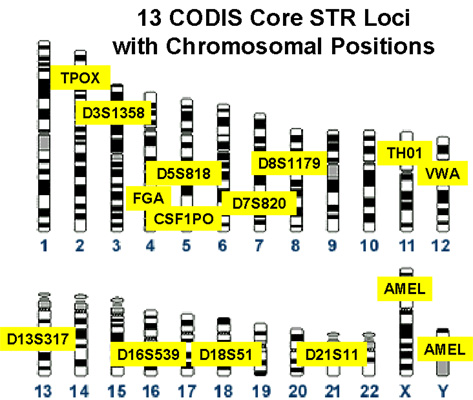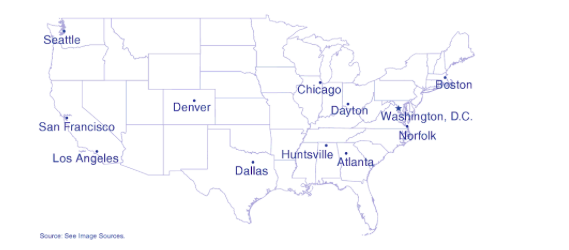|
Jim Petro
James M. Petro (born October 25, 1948) is an American lawyer and politician of the Republican Party who served as the Attorney General of Ohio. Previously, Petro also served as Ohio State Auditor and he was a candidate for the Republican nomination for Governor of Ohio during the 2006 Ohio primaries, but lost to Ken Blackwell. Early life and early career Petro was born October 25, 1948 in Brooklyn, Ohio. A Brooklyn High School graduate, he attended Denison University in Granville, Ohio where he received his Bachelor of Arts degree and joined the Lambda Chi Alpha fraternity. He later earned his J.D. degree from Case Western Reserve University School of Law in Cleveland, Ohio. Petro served as an Assistant Prosecuting Attorney for Franklin County as a trial lawyer responsible for felony prosecutions, and then as Assistant Director of Law for the city of Cleveland, Ohio. After starting his private practice, Petro became prosecuting attorney for the city of Rocky River, Ohio. Poli ... [...More Info...] [...Related Items...] OR: [Wikipedia] [Google] [Baidu] |
Ohio Attorney General
The Ohio Attorney General is the chief legal officer of the U.S. state, State of Ohio in the United States. The office is filled by general election, held every four years. The Ohio Attorney General is Republican Dave Yost. History The office of the attorney general was first created by the Ohio General Assembly by statute in 1846. The attorney general's principal duties were to give legal advice to the Government of Ohio, state government, to represent the state in legal matters, and to advise the state's county prosecutors. Originally, the attorney general was appointed by the legislature. With the adoption of Ohio Constitution#1851 Constitution, Ohio's second constitution in 1851, the attorney general became an elected office. The attorney general's duties were drawn very generally at that time. In 1952, the General Assembly passed a statute that added to the attorney general's responsibilities, including trusteeship over charitable trusts, and legal advice to more governme ... [...More Info...] [...Related Items...] OR: [Wikipedia] [Google] [Baidu] |
Granville, Ohio
Granville is a Village (United States)#Ohio, village in Licking County, Ohio, United States. The population was 5,646 at the United States Census 2010, 2010 census. The village is located in a rural area of rolling hills in central Ohio. It is east of Columbus, Ohio, Columbus, the state capital, and west of Newark, Ohio, Newark, the county seat. Granville is home to Denison University. The village has a number of historic buildings, including Greek Revival structures like the Avery-Hunter House, Avery Downer House, St. Luke's Episcopal Church (Granville, Ohio), St. Luke's Episcopal Church (1837) and others. The Buxton Inn (1812), the Granville Inn (1924), Bancroft House (1834) and Bryn Du Mansion are local landmarks. History Pre-Columbian cultures Granville is the location of the prehistoric Alligator Effigy Mound, built by the indigenous people of the Fort Ancient culture, between 800 and 1200 Common Era, CE, more than four hundred years before European contact. It may be an ... [...More Info...] [...Related Items...] OR: [Wikipedia] [Google] [Baidu] |
Coshocton, Ohio
Coshocton is a city in and the county seat of Coshocton County, Ohio, United States approximately 63 mi (102 km) ENE of Columbus. The population was 11,216 at the 2010 census. The Walhonding River and the Tuscarawas River meet in Coshocton to form the Muskingum River. Coshocton contains Roscoe Village, a restored town of the canal era, located next to the former Ohio and Erie Canal. A heritage tourist attraction, it showcases the area's unique canal history. The city was developed on the site of a former Lenape village established in the late 1770s by bands who had migrated from the East under European oppression. History The Lenape sympathetic to the new United States stayed near Coshocton. White Eyes, then leader of the Lenape people, signed the Treaty of Fort Pitt of 1778, by which the Lenape hoped to secure their safety during the War, and he promised scouts and support to the rebel colonists. In retaliation for frontier raids by hostile Lenape and British, Col ... [...More Info...] [...Related Items...] OR: [Wikipedia] [Google] [Baidu] |
Joy Padgett
Joy Padgett (born Joy Ann Conrad, February 4, 1947 in Coshocton, Ohio) is a former Republican member of the Ohio Senate, representing the 20th district until the end of 2008. In 2006, dogged by personal scandals, she ran unsuccessfully for Lieutenant Governor of Ohio and for Congress in . Her run for Congress was the result of the decision of Bob Ney to bow out of the race and plead guilty to corruption charges. Political career Padgett was first appointed to the Ohio Senate in January 2004 and elected that following November. Prior to her election, she was the director of the Office of Appalachia in Governor Bob Taft's administration. Before that, she served from 1993 to 1999 in the Ohio House of Representatives and, prior to that, had been a school teacher. In her 2004 bid for her first full term in the Ohio Senate, Padgett was challenged by Democrat Terry Anderson of Athens, Ohio, who in the 1980s had been held hostage by Islamic radicals in Lebanon when working on a s ... [...More Info...] [...Related Items...] OR: [Wikipedia] [Google] [Baidu] |
CODIS
The Combined DNA Index System (CODIS) is the United States national DNA database created and maintained by the Federal Bureau of Investigation. CODIS consists of three levels of information; Local DNA Index Systems (LDIS) where DNA profiles originate, State DNA Index Systems (SDIS) which allows for laboratories within states to share information, and the National DNA Index System (NDIS) which allows states to compare DNA information with one another. The CODIS software contains multiple different databases depending on the type of information being searched against. Examples of these databases include, missing persons, convicted offenders, and forensic samples collected from crime scenes. Each state, and the federal system, has different laws for collection, upload, and analysis of information contained within their database. However, for privacy reasons, the CODIS database does not contain any personal identifying information, such as the name associated with the DNA profile. Th ... [...More Info...] [...Related Items...] OR: [Wikipedia] [Google] [Baidu] |
United States Supreme Court
The Supreme Court of the United States (SCOTUS) is the highest court in the federal judiciary of the United States. It has ultimate appellate jurisdiction over all U.S. federal court cases, and over state court cases that involve a point of federal law. It also has original jurisdiction over a narrow range of cases, specifically "all Cases affecting Ambassadors, other public Ministers and Consuls, and those in which a State shall be Party." The court holds the power of judicial review, the ability to invalidate a statute for violating a provision of the Constitution. It is also able to strike down presidential directives for violating either the Constitution or statutory law. However, it may act only within the context of a case in an area of law over which it has jurisdiction. The court may decide cases having political overtones, but has ruled that it does not have power to decide non-justiciable political questions. Established by Article Three of the United States C ... [...More Info...] [...Related Items...] OR: [Wikipedia] [Google] [Baidu] |
Government Accountability Office
The U.S. Government Accountability Office (GAO) is a legislative branch government agency that provides auditing, evaluative, and investigative services for the United States Congress. It is the supreme audit institution of the federal government of the United States. It identifies its core "mission values" as: accountability, integrity, and reliability. It is also known as the "congressional watchdog". Powers of GAO The work of the GAO is done at the request of congressional committees or subcommittees or is mandated by public laws or committee reports. It also undertakes research under the authority of the Comptroller General. It supports congressional oversight by: * auditing agency operations to determine whether federal funds are being spent efficiently and effectively; * investigating allegations of illegal and improper activities; * reporting on how well government programs and policies are meeting their objectives; * performing policy analyses and outlining options for ... [...More Info...] [...Related Items...] OR: [Wikipedia] [Google] [Baidu] |
Cuyahoga County
Cuyahoga County ( or ) is a large urban County (United States), county located in the Northeast Ohio, northeastern part of the U.S. state of Ohio. It is situated on the southern shore of Lake Erie, across the Canada–United States border, U.S.-Canada maritime border. As of the 2020 United States census, 2020 census, its population was 1,264,817, making it the List of counties in Ohio, second-most-populous county in the state. The county seat and largest city is Cleveland. The county is bisected by the Cuyahoga River, after which it was List of Ohio county name etymologies, named. "Cuyahoga" is an Iroquoian languages, Iroquoian word meaning "crooked river". Cuyahoga County is the core of the Greater Cleveland, Greater Cleveland Metropolitan Area and of the Northeast_Ohio#Combined_Statistical_Area, Cleveland–Akron–Canton combined statistical area. History The land that became Cuyahoga County was previously part of the French colony of New France, Canada (New France), which ... [...More Info...] [...Related Items...] OR: [Wikipedia] [Google] [Baidu] |
Ohio House Of Representatives
The Ohio House of Representatives is the lower house of the Ohio General Assembly, the state legislature of the U.S. state of Ohio; the other house of the bicameral legislature being the Ohio Senate. The House of Representatives first met in Chillicothe on March 3, 1803, under the later superseded state constitution of that year. In 1816, the capital was moved to Columbus, where it is located today. Members are limited to four successive two-year elected terms (terms are considered successive if they are separated by less than four years). Time served by appointment to fill out another representative's uncompleted term does not count against the term limit. There are 99 members in the house, elected from single-member districts. Every even-numbered year, all the seats are up for re-election. Composition Leadership Members of the 134th House of Representatives ↑: Member was originally appointed to the seat. Officials Speaker of the House The Speaker of the House of ... [...More Info...] [...Related Items...] OR: [Wikipedia] [Google] [Baidu] |
Rocky River, Ohio
Rocky River is a city in western Cuyahoga County, Ohio, United States. A suburb of Cleveland, it is located along the shore of Lake Erie approximately west of downtown Cleveland. The city is named for the Rocky River that forms its eastern border. The population was 21,755 according to the 2020 census data results. Early history In the summer of 1764, British Colonel John Bradstreet led a force of more than 2,000 regular soldiers, American volunteers and native Americans as part of an attack to stop Pontiac’s Rebellion, which ended before Bradstreet could attack. His mission was revised to retrieval of prisoners, exploration and peacemaking. As the host of 60 boats and nine canoes attempted to find shelter in an increasing storm on Lake Erie, waves overcame the fleet, ruining 25 boats and damaging many others. Bradstreet and his men came ashore in what is now Bradstreet’s Landing Park in Rocky River on 18 October 1764. After tarrying three days, the diminished force retur ... [...More Info...] [...Related Items...] OR: [Wikipedia] [Google] [Baidu] |
Franklin County, Ohio
Franklin County is a county in the U.S. state of Ohio. As of the 2020 census, the population was 1,323,807, making it the most populous county in Ohio. Most of its land area is taken up by its county seat, Columbus, the state capital and most populous city in Ohio. The county was established on April 30, 1803, less than two months after Ohio became a state, and was named after Benjamin Franklin. Franklin County originally extended north to Lake Erie before being subdivided into smaller counties. Franklin County is the central county of the Columbus, Ohio Metropolitan Statistical Area. Franklin County, particularly Columbus, has been a centerpiece for presidential and congressional politics, most notably the 2000 presidential election, the 2004 presidential election, and the 2006 midterm elections. Franklin County is home to one of the largest universities in the United States, Ohio State University, which has about 60,000 students on its main Columbus campus. It shares a ... [...More Info...] [...Related Items...] OR: [Wikipedia] [Google] [Baidu] |
Cleveland, Ohio
Cleveland ( ), officially the City of Cleveland, is a city in the U.S. state of Ohio and the county seat of Cuyahoga County. Located in the northeastern part of the state, it is situated along the southern shore of Lake Erie, across the U.S. maritime border with Canada, northeast of Cincinnati, northeast of Columbus, and approximately west of Pennsylvania. The largest city on Lake Erie and one of the major cities of the Great Lakes region, Cleveland ranks as the 54th-largest city in the U.S. with a 2020 population of 372,624. The city anchors both the Greater Cleveland metropolitan statistical area (MSA) and the larger Cleveland–Akron–Canton combined statistical area (CSA). The CSA is the most populous in Ohio and the 17th largest in the country, with a population of 3.63 million in 2020, while the MSA ranks as 34th largest at 2.09 million. Cleveland was founded in 1796 near the mouth of the Cuyahoga River by General Moses Cleaveland, after whom the city was named ... [...More Info...] [...Related Items...] OR: [Wikipedia] [Google] [Baidu] |





